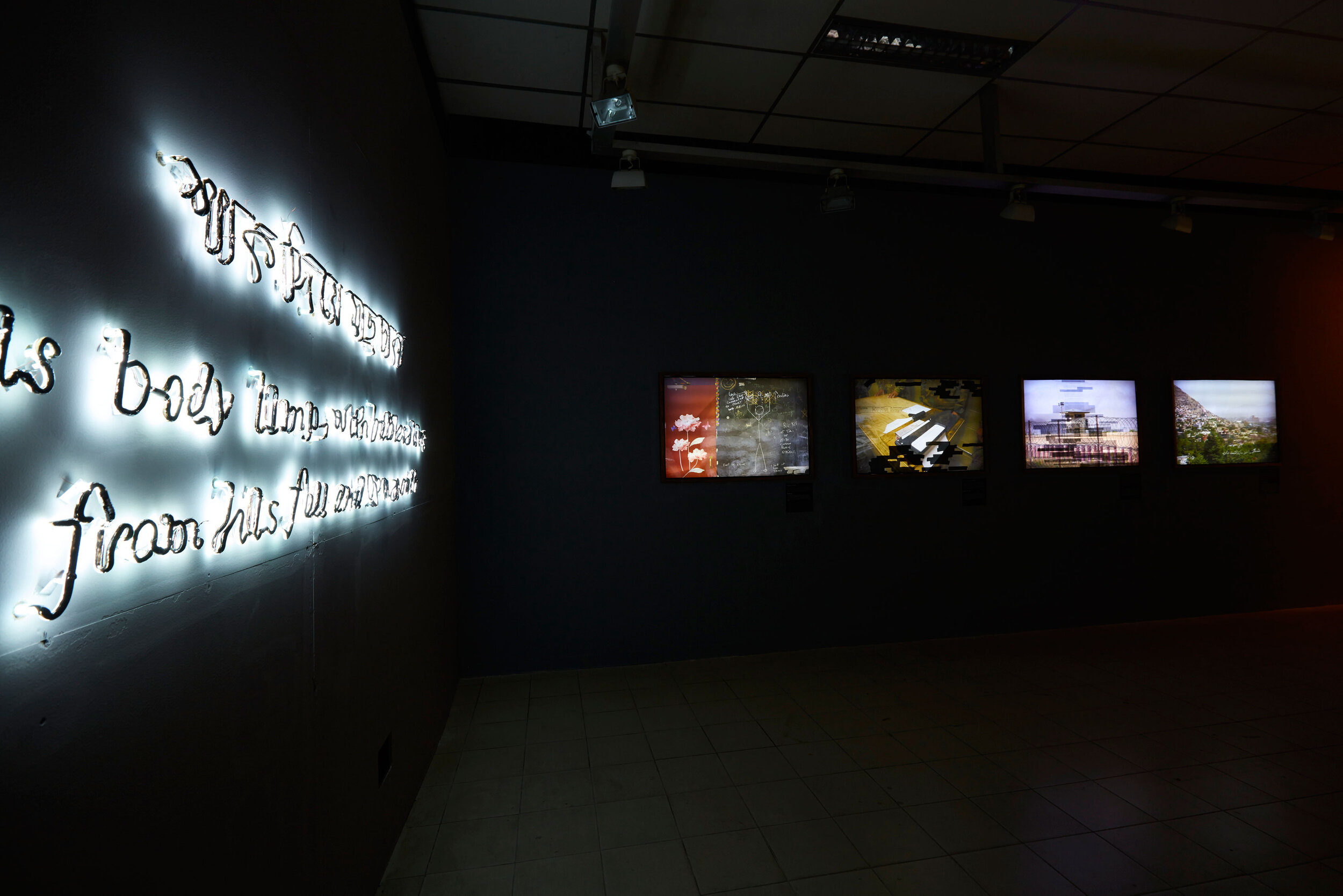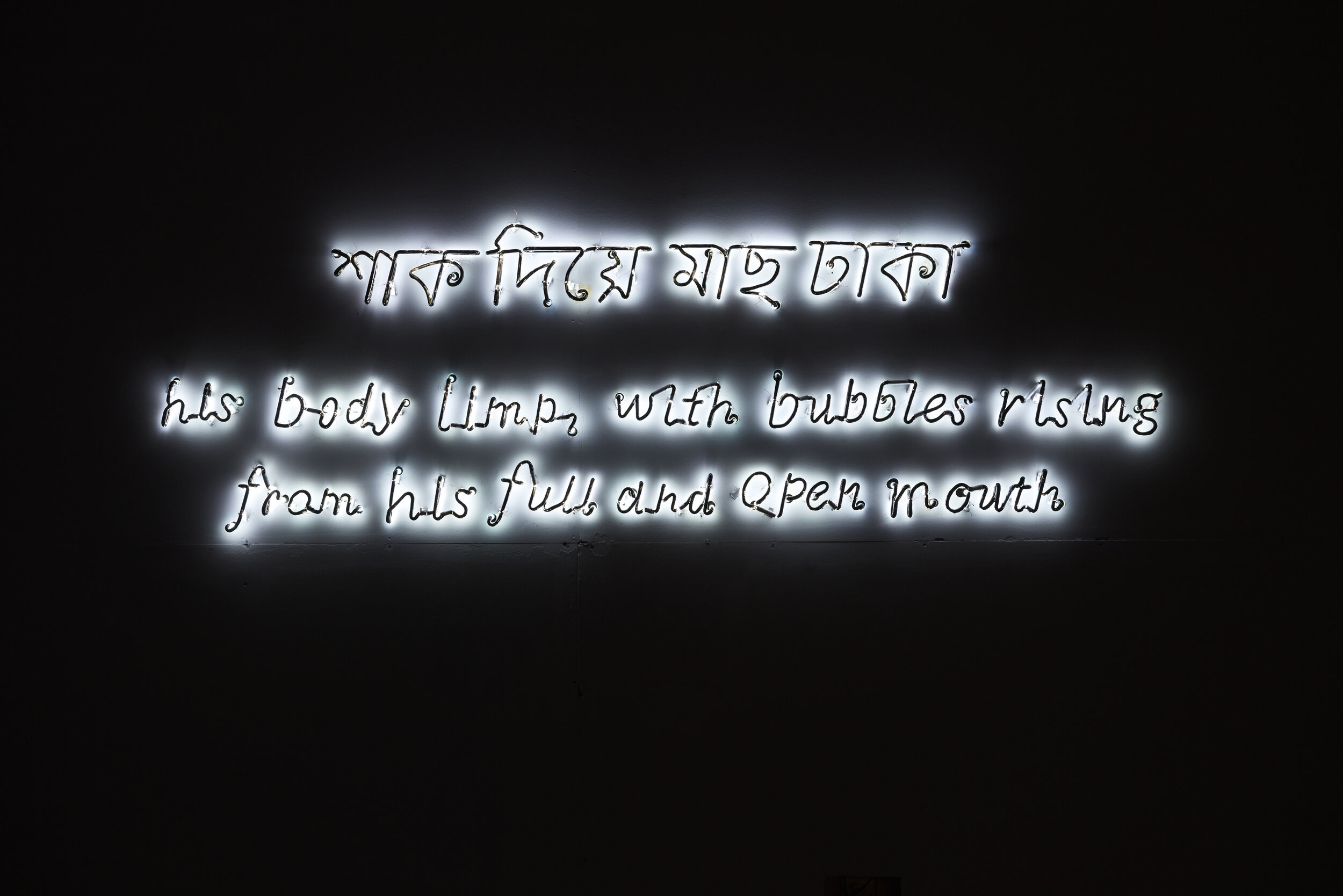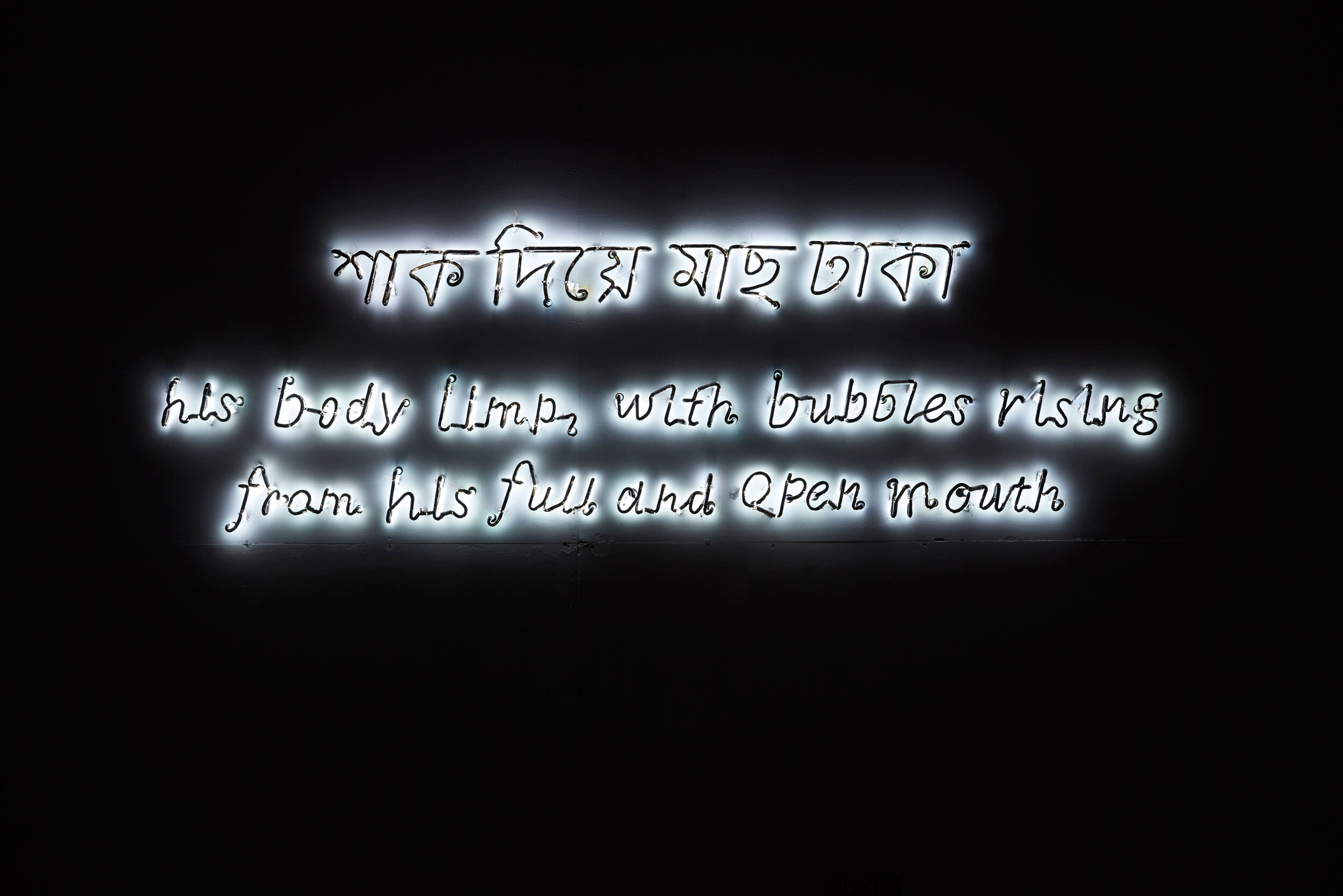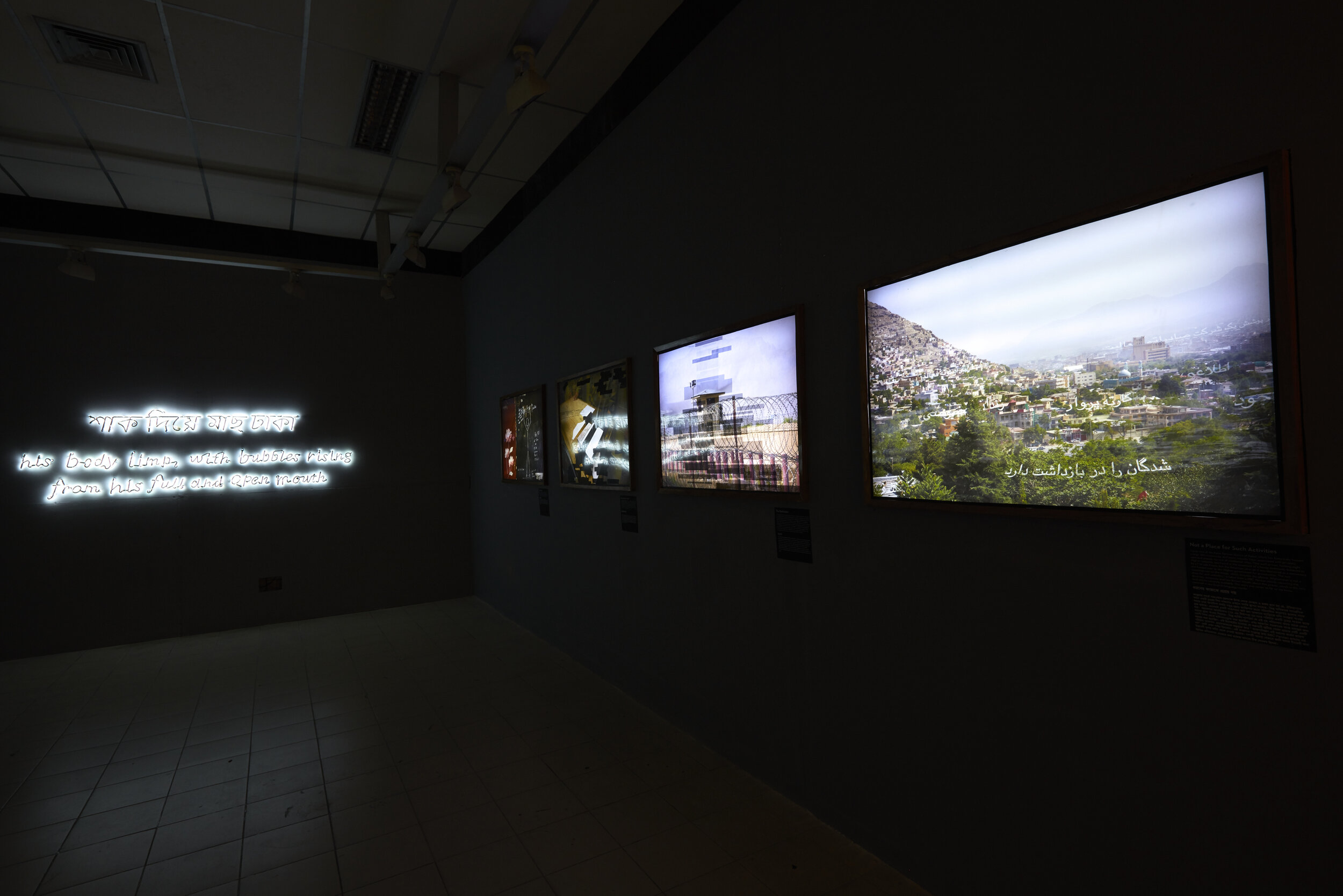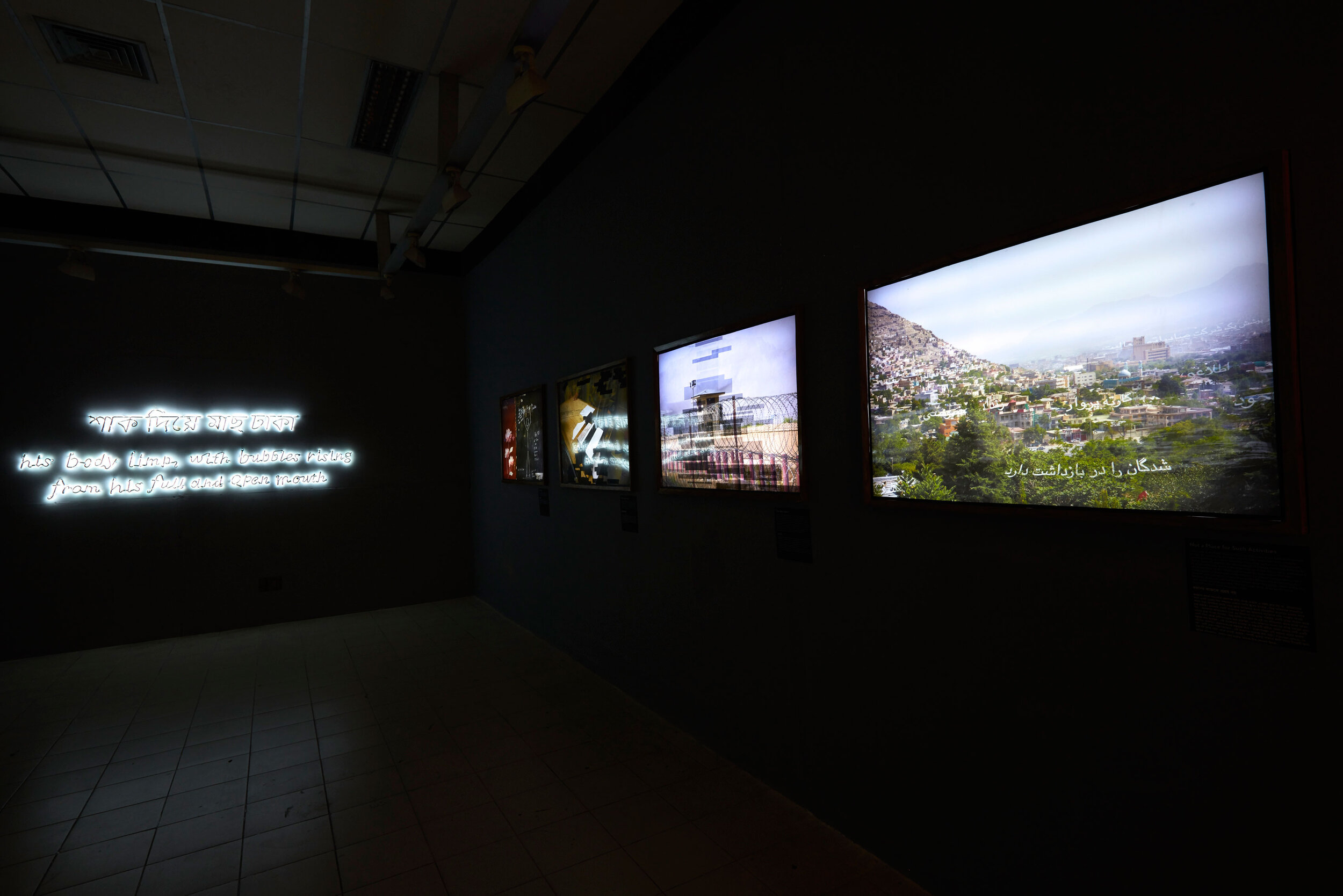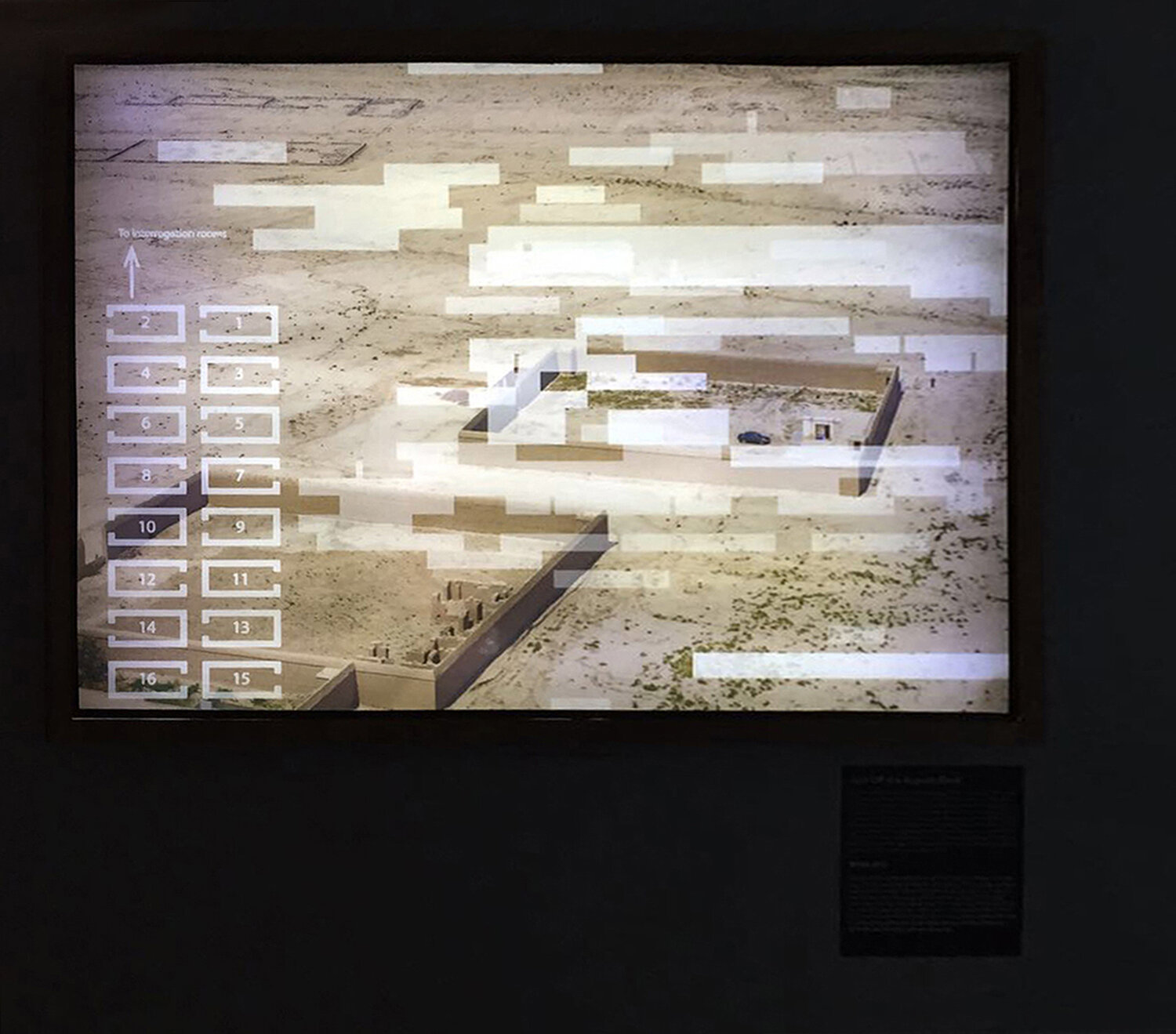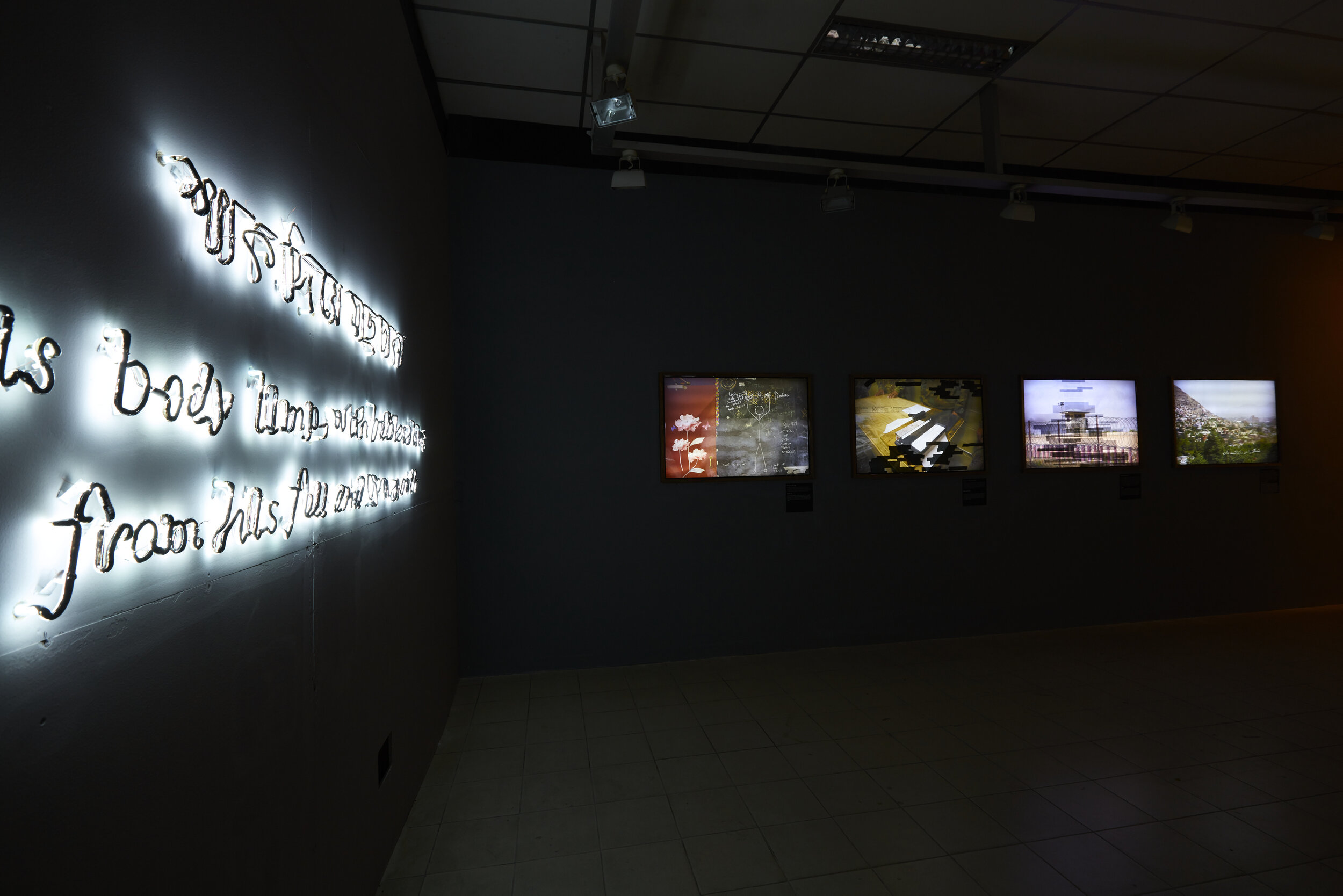
Afterlives of Blacksites I: The Seen Unseen, 2015-16. Commissioned and produced by Creative Time Reports, the Juncture Initiative at Yale Law School and Samdani Art Foundation for the Dhaka Art Summit 2016. Courtesy of the artists, Creative Time Reports, the Juncture Initiative at Yale Law School, Dhaka Art Summit and Samdani Art Foundation.
The term “black site” is currently understood to refer to a secret prison operated by the CIA as part of their extrajudicial rendition, interrogation, and torture program, active between 2001 and 2009. However, any place that has been temporarily made invisible by (tacit or explicit) agreement to not see something that clearly exists can also be understood as a black site – including “temporary holding” zones used for extrajudicial interrogation, from Homan Square in Chicago to the Forward Operating Bases deployed by the US military. When a site becomes a black site, a place becomes a non-place. Real buildings, people, and territories are rendered invisible through a sort of consensual hallucination. What happens when this process is reversed? When a place begins to insist on its reality, despite the contracts that mandate its existence as nothing more than a rumor, how do those buildings, people and territories emerge from the black? Is it ever possible to look at a former black site without seeing it through the veil of its previous life in the unseen?
When we tried to answer these questions by conducting our own field research in Afghanistan for Black Sites I: The Seen Unseen, we discovered that the feeling of looking at a place that was once a black site, but has now had any trace of that use removed or again hidden from view, is remarkably similar to the feeling of looking at a heavily redacted document. The surface opacity both frustrates the viewer who seeks concrete knowledge, and underlines the importance of that which is concealed. In order to make the photographs we produced more faithful to that experience, we redacted our own images, using redaction patterns extracted from declassified Index archive documents about the places in the photographs, to produce the final series of 8 lightboxes. As shown at the Dhaka Art Summit in 2016, The Seen Unseen also included a series of watercolor portraits based on some of the most important witnesses of the black sites; a film exploring the circumlocutions through which information that is widely known remains officially denied; and a neon sign that pairs a phrase from a description of the first prisoner waterboarded by the CIA with the Bangla phrase “covering a fish with greens,” signifying an attempt to cover up something that everybody already knows. This was the first significant exhibition of the Index’s work in South Asia.
